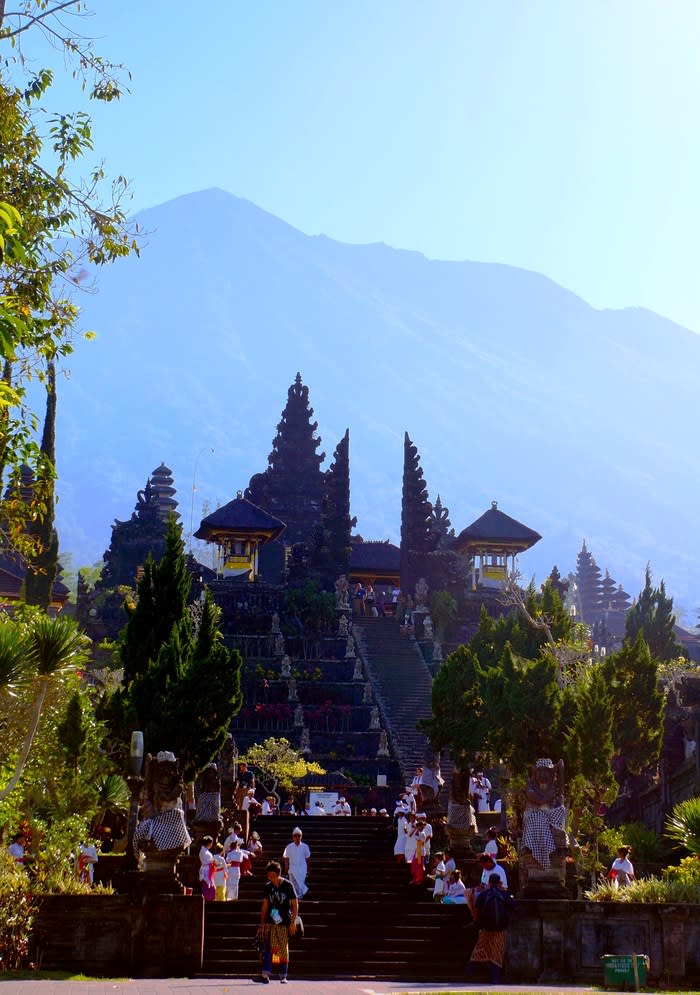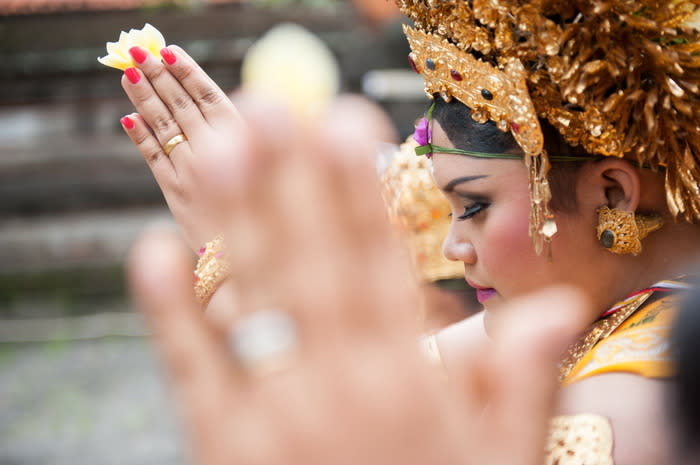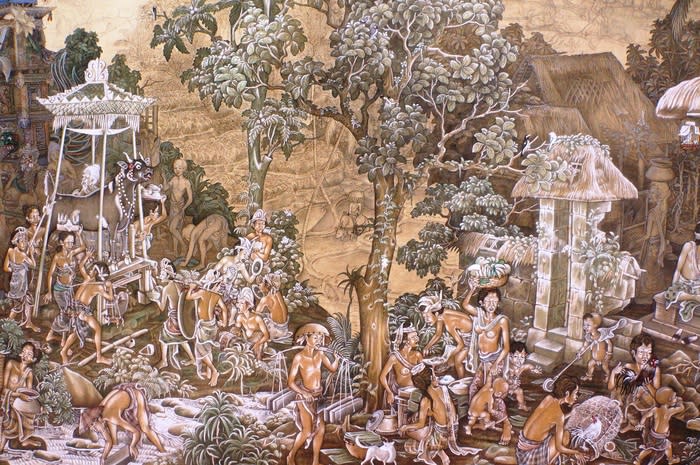Five historical facts about Bali that might surprise you
The island of Bali is home to an overwhelming wealth of culture, developed over centuries of turbulent and fascinating history. Bali’s sophisticated civilization is possible due only to its notable past, full of significant happenings and traditions.
Bali has experienced a host of momentous events: Javanese migration, Dutch colonization, Japanese occupation, a tourism boom, terrorist attacks; all contribute to a history that will fascinate anyone who wishes to learn about it.
Alongside these momentous events, there are a number of facts that allude to Bali’s rich history. The Jakarta Post Travel compiles five of them below.
Besakih temple escaped the eruption of Mount Agung
Bali experienced a major natural disaster in 1963 when the biggest volcano on the island, Mount Agung, erupted.
Buildings and structures for kilometers around fell victim to the lava and volcanic ash. The eruption killed at least 1,500 people and destroyed 62,000 hectares of land.
Besakih temple, the largest and most important temple in Bali, is situated only 6.5 kilometers from Mount Agung.
However, for some reason – locals like to consider it divine intervention – the temple managed to avoid major damage.
Bali had a tiger
In taxonomical classification, there are nice subspecies of tiger, and the Balinese tiger is one of them (Panthera tigris balica). Sadly, this subspecies is now extinct, along with two other subspecies – the Javan and Caspian tigers.
According to the tigerhomes.org website, the animal went extinct due to hunting and habitat loss.
The last credible report of the species’ existence dates from Sept. 27, 1937, when an adult tigress was killed on a hunt.
Undocumented reports of sightings continued until the 1950s, but with decreasing frequency. Given the current state of the Balinese forest, which does not support the ecosystem necessary for the survival of a tiger, it is almost certain that the subspecies is extinct.
Balinese Hindus came from Java
It is widely believed in Bali that Hinduism on the island grew significantly and suddenly during the exodus of refugees from the Hindu Majapahit kingdom on Java following invasion by Islamic kingdoms. However, the development of early Hinduism in Bali actually occurred over a number of centuries, according to Robert Pringle’s A Short History of Bali.
Nevertheless, Bali did have a strong connection with the Majapahit kingdom, with Bali enjoying its golden age under Majapahit rule.
Furthermore, colonial-era Dutch records mention that the Balinese planned and eventually carried out at least three armed expeditions to Java to recapture their old capital, believed to be the sacred site from where their ancestors had ruled.
Going topless was the norm
Going topless was common among Balinese people until the late 1950s; it was an accepted norm for both genders.
Images of this tradition can be seen in plenty of Bali-inspired art and paintings at museums in Bali, created even by today’s artists.
George Krause was among the first artists to focus on Balinese feminine allure through his 1920 works, including a series of photographs accompanied by essays on the island’s culture.
His work added to the exoticism of the already beautiful island, ushering in the dawn of its tourism boom.
The first tourist in Bali was Dutch
This historical fact must be understood within a strict definition of the word “tourist”.
The first record of hospitality can be traced to Mads Lange, a Danish man who stayed in Kuta in 1839.
He received plenty of visitors, ranging from officials to scholars, including scientist Alfred Russel Wallace, who was among the first to conceive the theory of evolution.
But according to Pringle, it is Henri Hubert van Kol, a Dutch man, who is worthy of the title of “first tourist in Bali”.
His visit to the island in 1902 would today be in the “luxury” category; he was welcomed by the king of Karangasem, Gusti Gede Jelantik, and lodged in splendidly furnished quarters.
Read also:







